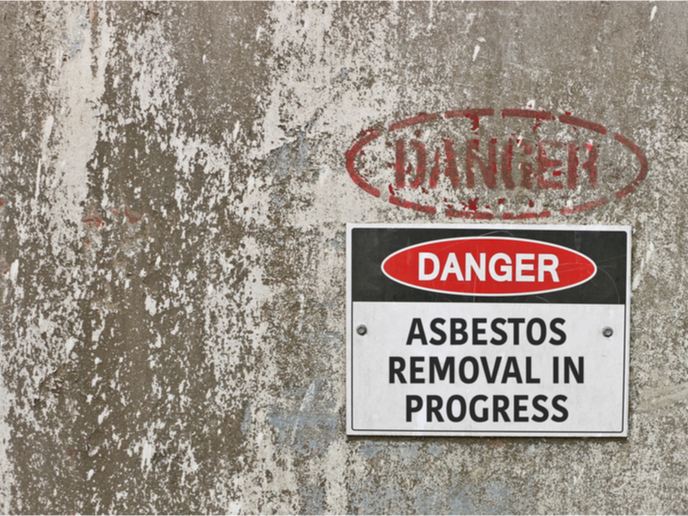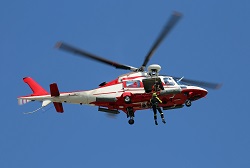Developing next-generation oil spill monitoring
The grave situation regarding oil spills has been highlighted yet again by accidents off the Norwegian coastline involving the Server and the Full City tankers. Not only did they incur a high economic cost, the disasters also caused colossal environmental damage. There is a need to improve satellite-based oil slick detection services. In response to this, the EU-funded 'Multisensor satellite technologies for oil pollution monitoring and source identification' (SEAU) project aimed to integrate new geo-information products into innovative methods for oil spill detection. In terms of data for marine life and vulnerability, all required data sets were made accessible. The format and details of information required for each type of data was also completed. Hardware for the database was installed and access to the database developed through the GeoWeb interface. Improved automatic algorithms were developed and incorporated into the service chain. Project members created an interface to integrate multidisciplinary information according to related standards and directives, and enhanced oil detection methodology in line with user requirements. Multidisciplinary information such as space radar and optical data were included, as well as environmental data such as at-risk areas and bird cliffs. The team improved source detection and identification of polluters for users of land and space sensors such as the satellite automatic identification system. It also implemented oil drift models in service operations. SEAU introduced European end users to new and improved operational oil monitoring by satellite. The project will lead to more rapid detection and warning of both illegal and accidental discharges of oil from ships and rigs.







